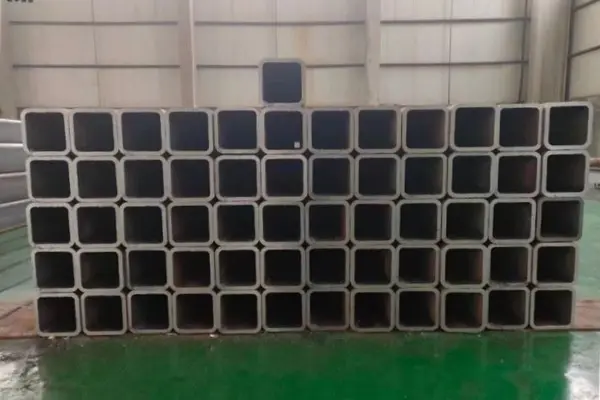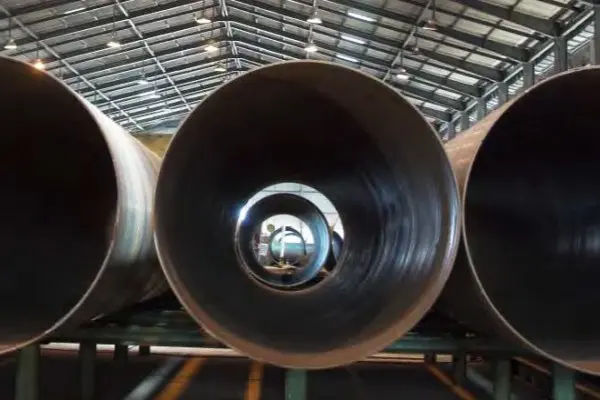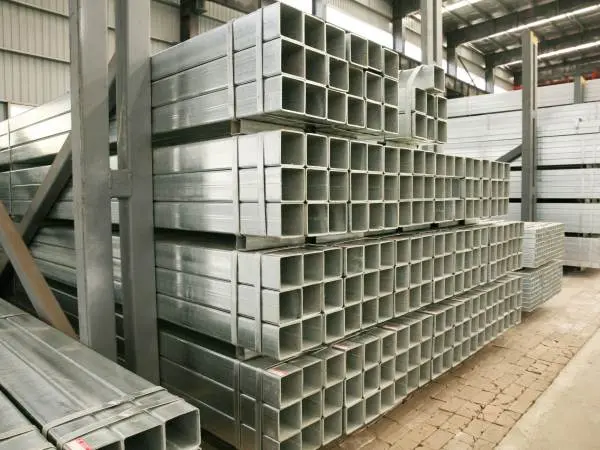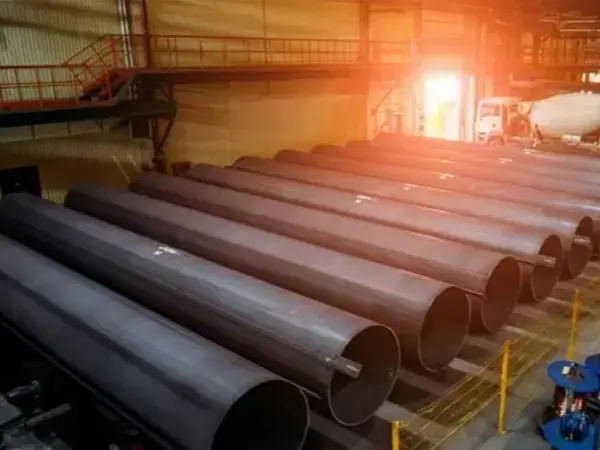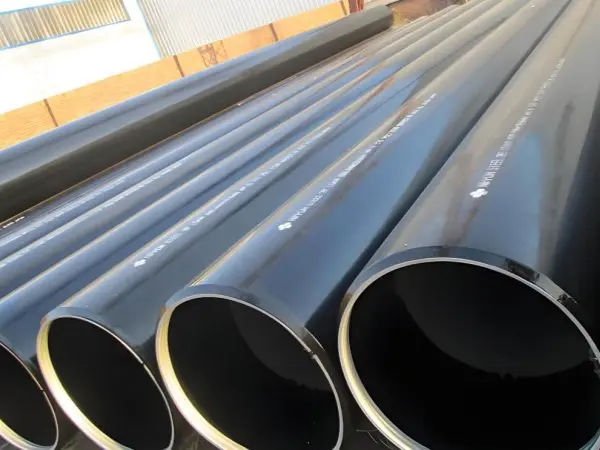- Phone0086 731 8564 8255
- E-mailsales@cscsteel-manufacturing.com
-

ASTM A106 seamless steel pipes are widely used across various industries due to their exceptional pressure resistance, corrosion resistance, and ability to withstand high temperatures. These properties make them highly reliable in demanding environments, ensuring safety and efficiency. Below are some key sectors where A106 seamless steel pipes are extensively applied.
Petrochemical Industry
A106 seamless steel pipes play a crucial role in the petroleum and chemical industries, serving as oil pipelines, chemical plant pipelines, and thermal pipelines. Their robust construction ensures the safe operation of these systems, reduces the need for frequent repairs and replacements, and enhances production efficiency.
Electric Power Industry
In the power sector, A106 seamless steel pipes are commonly used in the manufacturing of boilers and thermal piping. Their excellent thermal conductivity and corrosion resistance contribute to the stable, long-term performance of power generation equipment, helping to improve overall energy efficiency.
Construction Industry
The construction industry relies on A106 seamless steel pipes for water supply and drainage systems, heating pipelines, and fire protection systems. Their ability to handle high pressure and provide a long service life ensures that essential systems in buildings run smoothly, enhancing the comfort and functionality of both residential and commercial spaces.
Machinery Industry
In the machinery industry, A106 seamless steel pipes are used in the production of mechanical parts such as hydraulic cylinders, pump bodies, and compressors. Their superior mechanical properties and resistance to corrosion help maintain the stability and efficiency of machinery, leading to improved productivity.
Other Applications
Beyond these industries, A106 seamless steel pipes are also widely employed in sectors like shipbuilding, aerospace, and automotive manufacturing. Their versatility allows them to perform reliably in complex environments with stringent technical requirements, supporting the rapid advancement of these industries.
